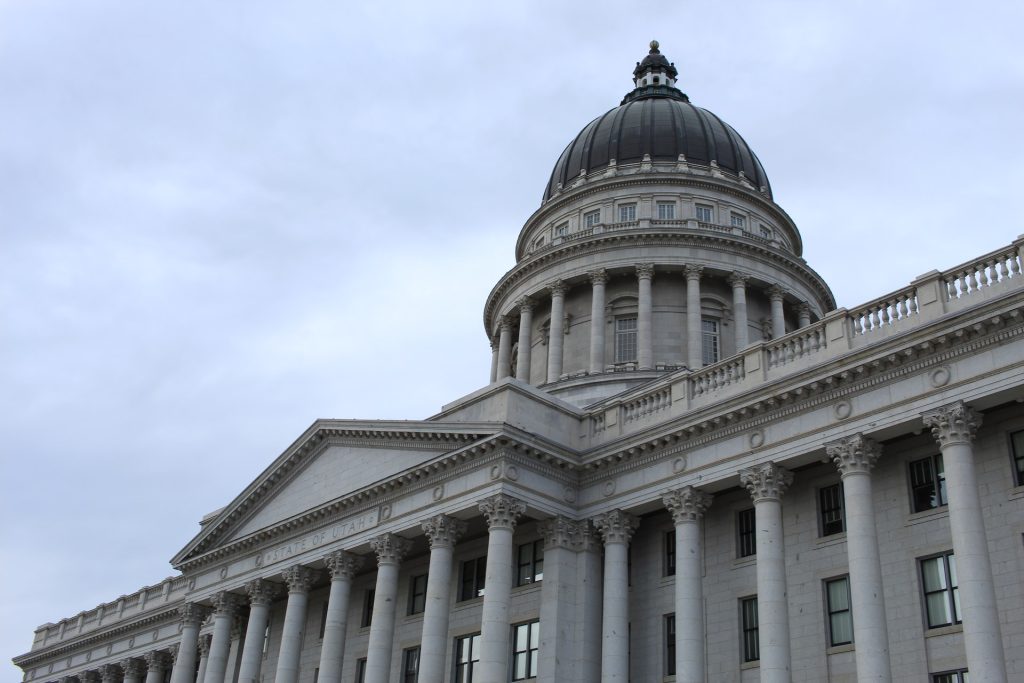New revenue projections released on Feb. 16 suggest that lawmakers will have an additional $340 million to spend in the ongoing general session of the Legislature, but some of those funds are already committed to a tax cut. (Photo by Danny Burke on Unsplash).
SALT LAKE CITY – After new state revenue projections were released over the weekend, Utah lawmakers are faced with the pleasant task of figuring out how to spend another $340 million during the 2024-25 Fiscal Year.
“With steady job growth, low unemployment, increasing consumer confidence and our prudence,” said Gov. Spencer Cox, “Utah’s economy is well positioned to be as strong as ever.
“We’re encouraged by these revenue numbers,” the governor added on Feb. 16. “We will continue to strike the right balance between fiscal responsibility and meeting the needs of Utahns.”
The news wasn’t all good, however. The Legislature had been anticipating nearly $638 million in revenue increases, according to projection from state fiscal analysts in late November of last year.
Those new projections include an estimated $26 million shortfall in general revenue funds — a drop of $136 million in ongoing funds, partially offset by $110 million in increased one-time funds — and income tax revenues up by $366 million.
That gives Utah a surplus of $126 million in ongoing funds and $214 million in one-time funding.
But $160 million of those new funds are already committed, since the Senate passed Senate Bill 69, which drops the state income tax rate for individuals and corporations from 4.65 percent to 4.55 percent.
Utah House members are also expected to endorse that tax cut, over the objections of their Democratic colleagues, most of whom are opposed to a tax cut at this time.
Moreover, the state’s bean-counters also consider another $175 million to be high risk funds that could be impacted by pending congressional action.
Due to all that uncertainly, lawmakers are expected to take a cautious approach to additional spending.
The governor’s staff explained that the new revenue forecasts project a return to a more “… stabilized and consistent revenue stream,” now that runaway federal funding from President Joe Biden’s The American Rescue Plan Act (ARPA) and other pandemic relief measures are winding down.
“We’re experiencing a return to a more normal, balance economy,” according to Speaker of the Utah House Mike Schultz (R-Hooper). “We will now continue to make strategic and impactful investments in education, water, transportation, affordable housing and other areas, while also providing another tax cut to benefit the hardworking people of Utah.”
“Utah is the best-managed state in the nation because of the legacy and foresight of fiscally responsible planning and policies,” agreed Senate President J. Stuart Adams (R-Layton). “We remain committed to prudent financial management that puts Utahns first, ensuring long-term economic stability and resilience for our state and its citizens.”
In the first 10-days of the ongoing legislative session, lawmakers passed base budget bills totaling some $28 billion. By law, they are required to finalize a balanced state spending plan before the general session ends on Mar. 1, 2024.
The 2024-25 Fiscal Year is set to begin on July 1, 2024.

